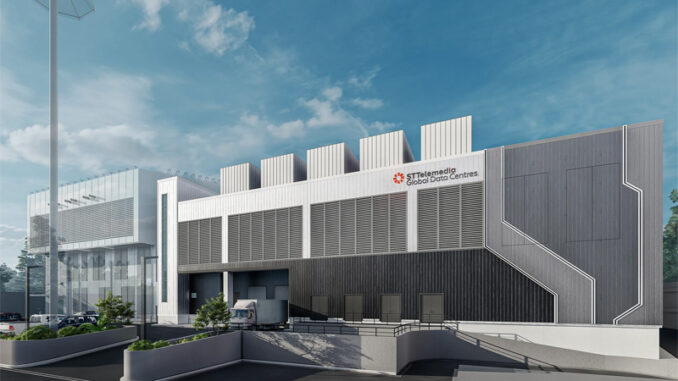
ST Telemedia Global Data Centres (STT GDC) Philippines said Thursday the initial phase of its STT Fairview 1 data center is set to commence operations by the second quarter of 2025.
Once fully operational, the STT Fairview campus will be the largest data center in the Philippines, with a total IT capacity of 124 megawatts (MW).
Designed to accelerate the nation’s digital transformation and meet the rising demand for artificial intelligence (AI) workloads, the STT Fairview campus is carrier-neutral and will feature seamless connectivity options while incorporating advanced energy-efficient technologies for sustainable operations.
“We remain committed to delivering on our project timelines. Last year, we projected that STT Fairview would be ready in the first part of 2025, and we are on schedule to deliver the initial capacity by the second quarter of 2025,” said Carlo Malana, president and chief executive of STT GDC Philippines.
STT GDC Philippines said it continues to see strong demand for its services, maintaining impressive capacity utilization despite recent expansions.
It said the high level of utilization reflects strong market confidence and underscores the company’s ongoing commitment to serving its customers while attracting new ones.
AI is seen to contribute 12 percent or about $92 billion to the Philippines’ gross domestic product (GDP) by 2030, according to the Department of Trade and Industry.
Insights from Statista, meanwhile, forecast the AI industry in the country to grow in market size at a compound annual growth rate of 28.57 percent, reaching $3.5 billion by 2030, from the current $772 million.
The company aims to leverage its expanded capacity to attract major cloud service providers, combining global expertise and deep local market knowledge.
STT GDC Philippines, a joint venture between Globe, Ayala Corp. and Singapore-based ST Telemedia Global Data Centres — which operates 95 data centers across 11 countries—plays a critical role in the region’s digital infrastructure.
“Our designs are built around the current and future requirements of hyperscalers, and our ability to deliver on our commitments is underpinned by the ongoing development of local technical talent,” Malana said.


Be the first to comment